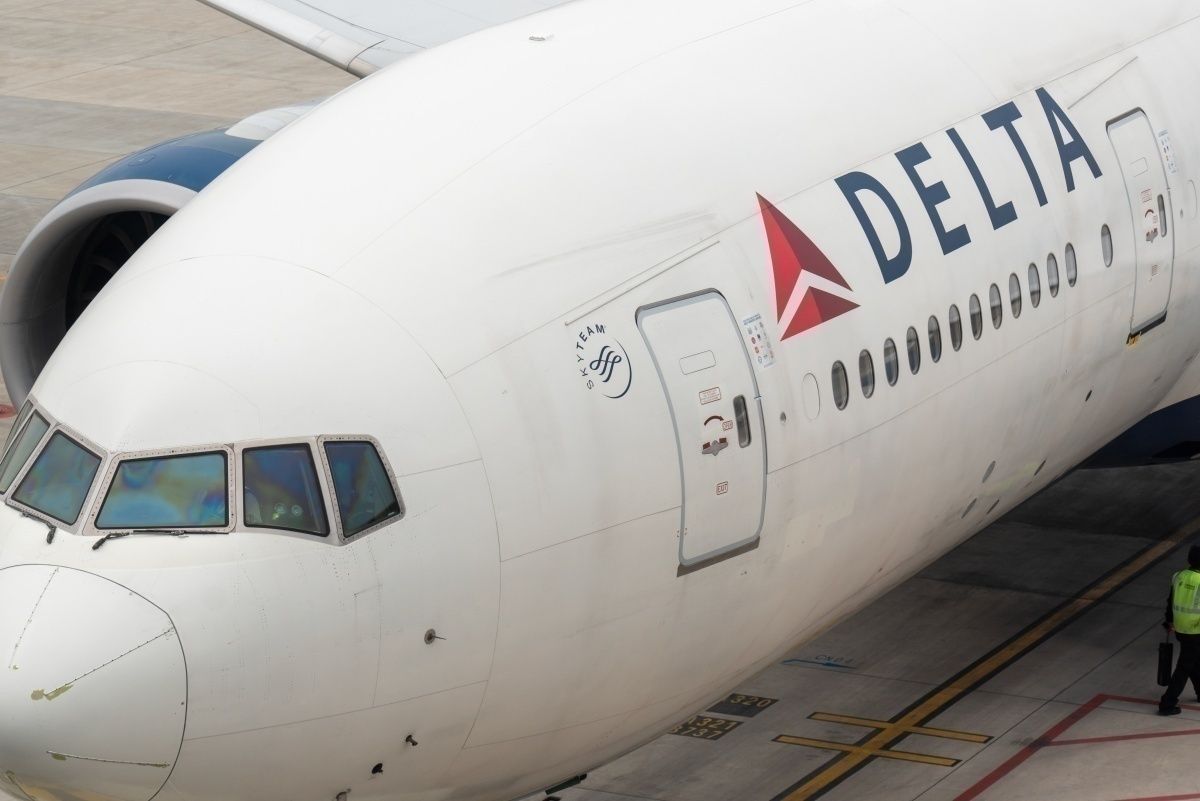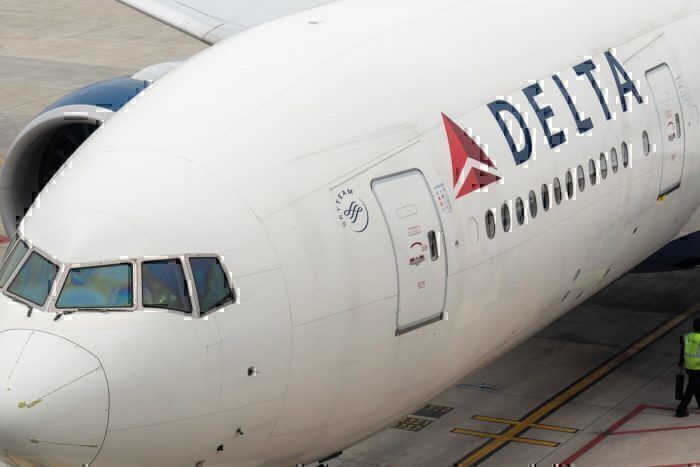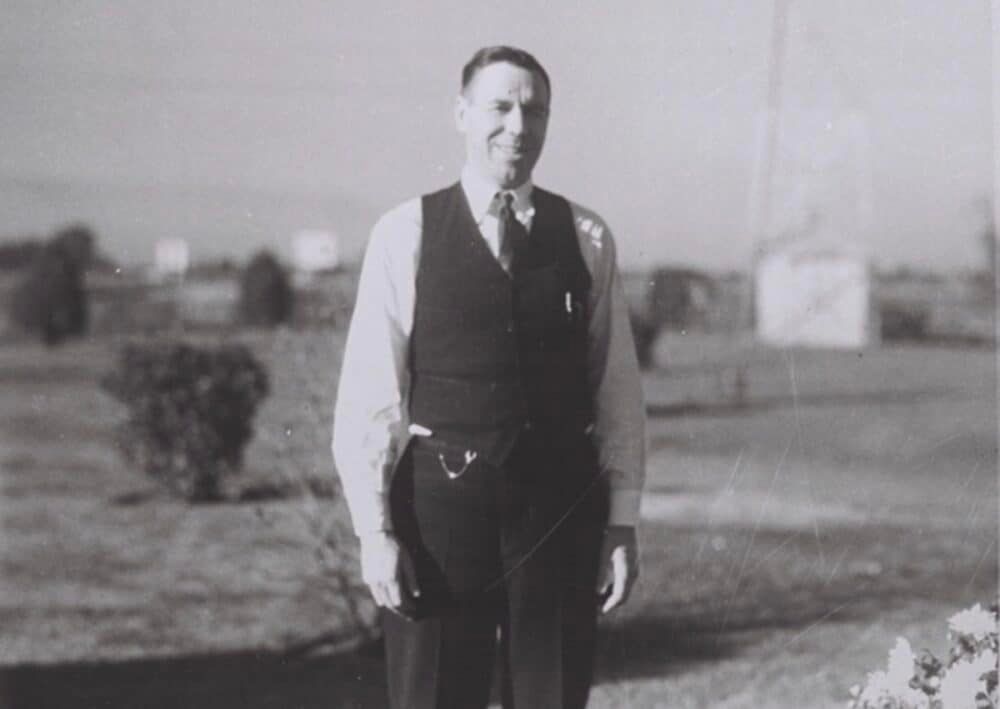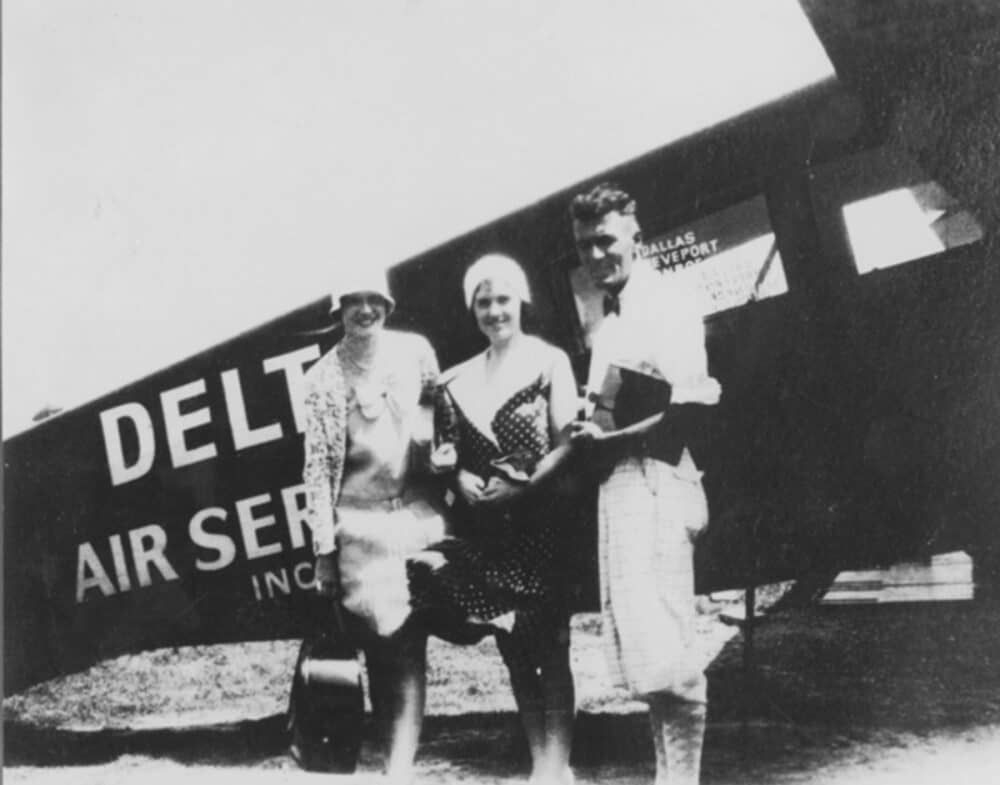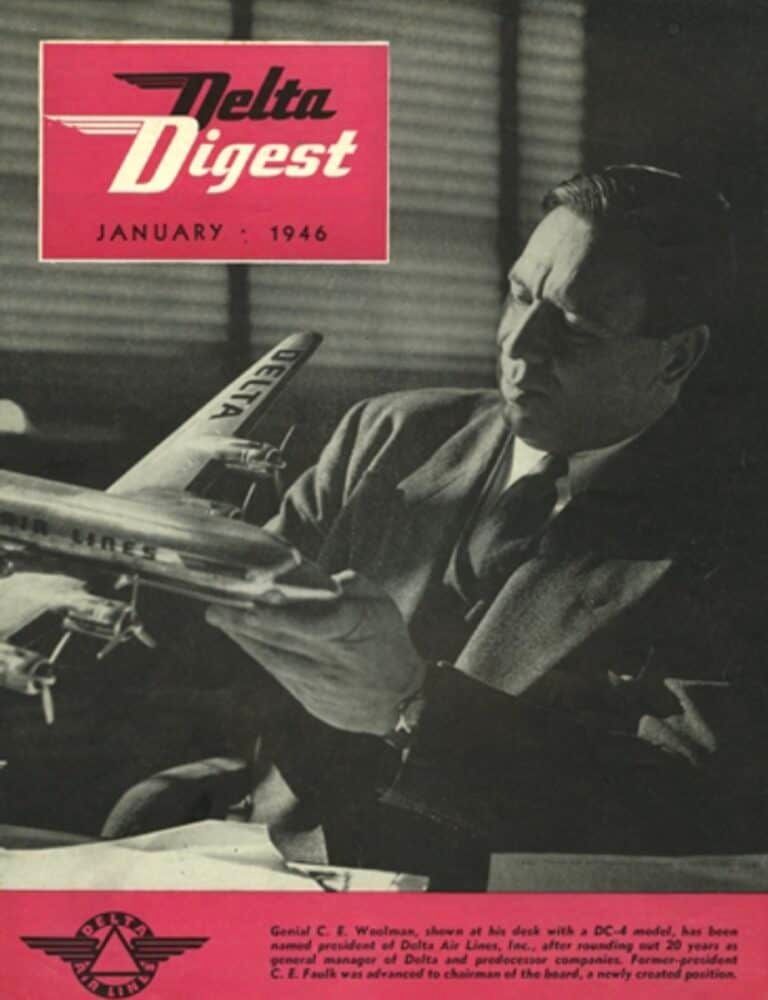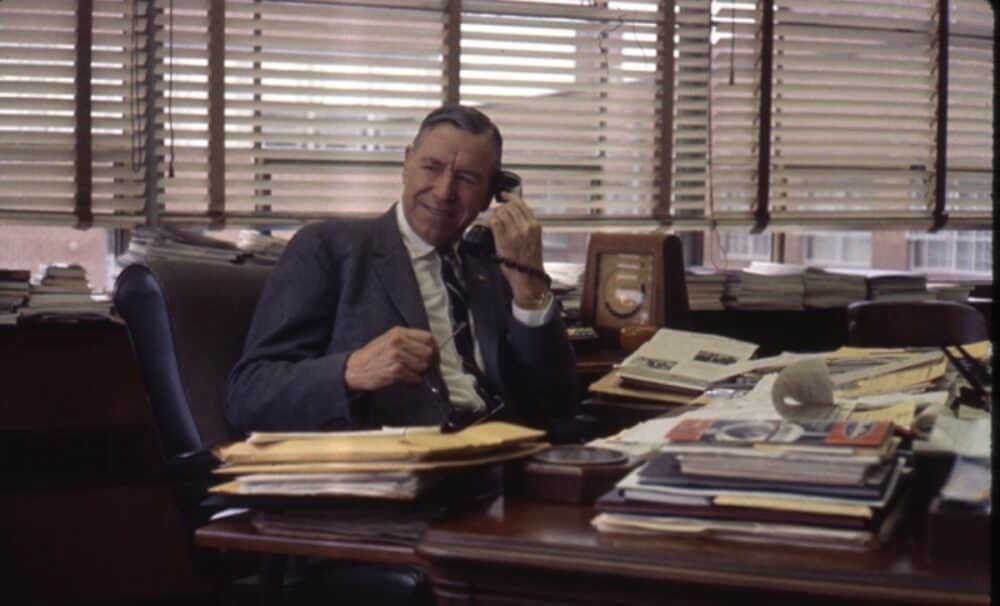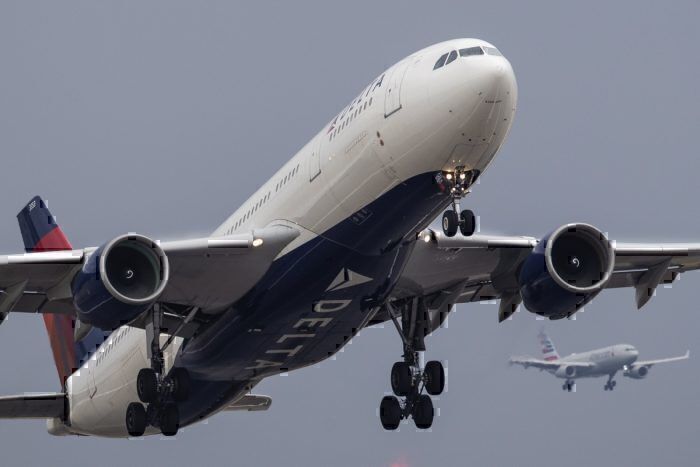Delta has come a long way since its start as a crop-dusting company. It serves up to over 240 destinations in over 50 countries, across six continents. However, if it wasn't for the arrival of Collett Everman "C.E." Woolman, this success may have never existed.
Humble beginnings
Delta's first incarnation was in the form of a firm based in Macon, Georgia, called Huff Daland Dusters. Its core focus was to protect farms against the boll weevil, which threatened to destroy the United States' cotton economy in the early 1900s.
However, Woolman's creativity and passion would steer the operation in a whole new direction. He joined the company as its chief entomologist in the late spring of 1925, which was the same year it was incorporated. He was on a one-year leave of absence from Louisiana State University's agricultural extension department.
According to the Delta Flight Museum, the agriculture enthusiast was born in Bloomington, Indiana, on October 8th, 1889. However, he traces his heritage further south. His father settled in South Carolina while his mother's family was from Kentucky.
Woolman's expertise in farming helped his new colleagues trust him to lead the way going forward. Just a few months after his arrival, he moved Huff Daland Dusters' headquarters to Monroe, Louisiana.
This decision was made as demand started to balance out across the southern states. Therefore, the firm wanted to conduct its operations from a more centralized area. Subsequently, it chose the Mississippi Delta region as its new home. This area would eventually inspire the name of Delta.
A new force
In the years that followed, the firm's holding of 18 Huff Daland Duster aircraft meant that it was the largest privately-owned fleet in the world. The winter months were quiet for the company, so it would travel south to Peru to help with operations in the Latin American country.
Woolman truly showed his business acumen here. It was in the Andean nation where he helped his company have its first taste of airmail and passenger services. On September 13th, 1928, a Huff Daland Dusters pilot named Dan Tobin flew from Lima to Paita and Talara, with a Fairchild FC-2 monoplane.
Woolman became hungry for more action when it came to passenger services. He had an excellent vision for the business and was intent on taking it to new levels. In 1928, he led a movement to buy Huff Daland Dusters and incorporated it as Delta Air Service on December 3rd, 1928.
The priority for his new project was to venture into scheduled passenger services. He took on a Travel Air S-6000-B plane to fly from Dallas, Texas to Jackson, Mississippi, on June 17th, 1929. This pioneering passenger operation was a success as Woolman understood his target market of traveling businessmen and managed to capture their attention.
Weathering the storm
However, the following decades brought various hardships within the US aviation industry. The Great Depression plummeted passenger demand. So, Delta had to revert its focus to crop-dusting services. This approach is similar to how many airlines are turning to cargo operations in the current climate.
Nonetheless, the firm pulled through the downturn and returned as Delta Air Lines in July 1934 with new Stinson Model T planes. Just as the carrier restated its growth, World War II would rock the industry once again.
However, during this critical time, Delta would pull off some significant milestones. In 1940, it introduced flight attendants on its services to complement its new Douglas DC-2 and DC-3 planes.
A year later, Delta, while overseen by Woolman as vice president and general manager, would relocate to Atlanta, Georgia, which would remain its home until today. His team saw the city's rise as an economic hub as an essential factor in the company's strategy.
Stay informed: Sign up for our daily aviation news digest.
Back to business
Following the end of the war, Woolman was named president and kept his spot as general manager. With his leadership in the 1950s, he helped the carrier expand internationally following a merger with Chicago and Southern Air Lines. This move saw the operator head to the Caribbean and Caracas for the first time.
As the 1950s drew to a close, Woolman and his team were eager to get ahead of their competitors. Jet aircraft were causing a shakeup within the industry and were significantly cutting journey durations.
A new era
Therefore, to enter into the jet age, Delta turned to the Douglas DC-8. The plane would cut flying times between major cities by up to 40 percent and carried almost twice the number of passengers and cargo that the larger piston-engine planes of the time could.
Woolman was glad to launch Delta's first jet service. The world's first DC-8 passenger flight left New York International Airport (Idlewild) for Atlanta at 9:20 am, on September 18th, 1959. He was proud to give the airline's home of Georgia its first regular operation on a jet.
The jet age transformed the aviation industry forever, and not many people recognized the potential of where the market could go more than Woolman. His views on the conditions of his times offer inspiration today.
There are concerns within the industry amid the current crisis that it is facing. However, Woolman's Delta had faced countless hardships during its ascension but managed to pull through stronger each time.
During the passenger downtime that World War II brought, he was still confident and excited about the future of aviation. He was focused on the technological developments that would be made when the war is over. He also highlighted how unity in the economy could bring significant advancements.
Leaving a legacy
Overall, at the turn of the 1960s, Woolman kept up his optimism. He admitted that the introduction of jets had created a lot of problems. However, he said the industry grew up on problems, and it grew because it solved them. Ultimately, this line brings hope for the future. No matter what struggles the market faces, it will eventually recover and go on to greater heights.
Woolman became chairman of the board and CEO on November 1st, 1965. However, he would pass away less than a year later, on September 11th, 1966, at the age of 76. He is remembered fondly by Delta, and employees presented a Huff Daland Duster to the Smithsonian Institution in Washington, D.C. as a tribute to the early days of the airline and the success that Woolman achieved.
What are your thoughts on C.E Woolman's journey with Delta? What key moment stands out to you? Let us know what you think of his career in the comment section.

